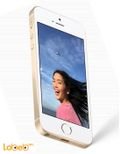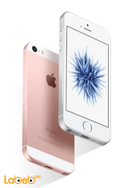Learn about the Differences between Android and iOS
What are the major differences between the two powering systems of smartphones: Android and iOS? What are these differences and similarities?
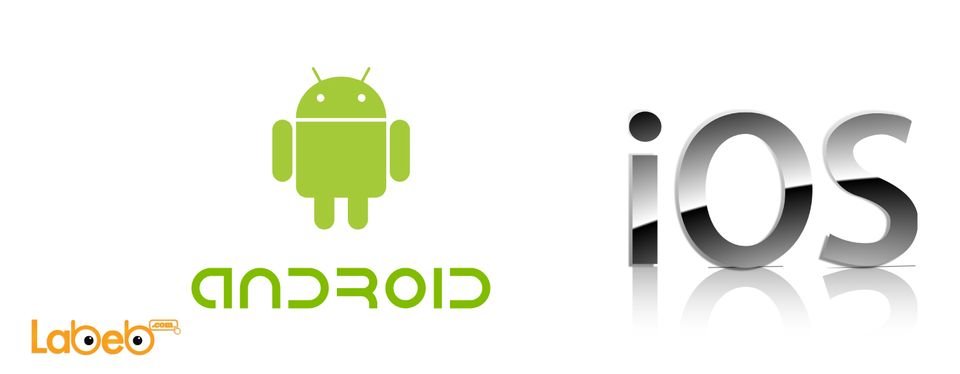
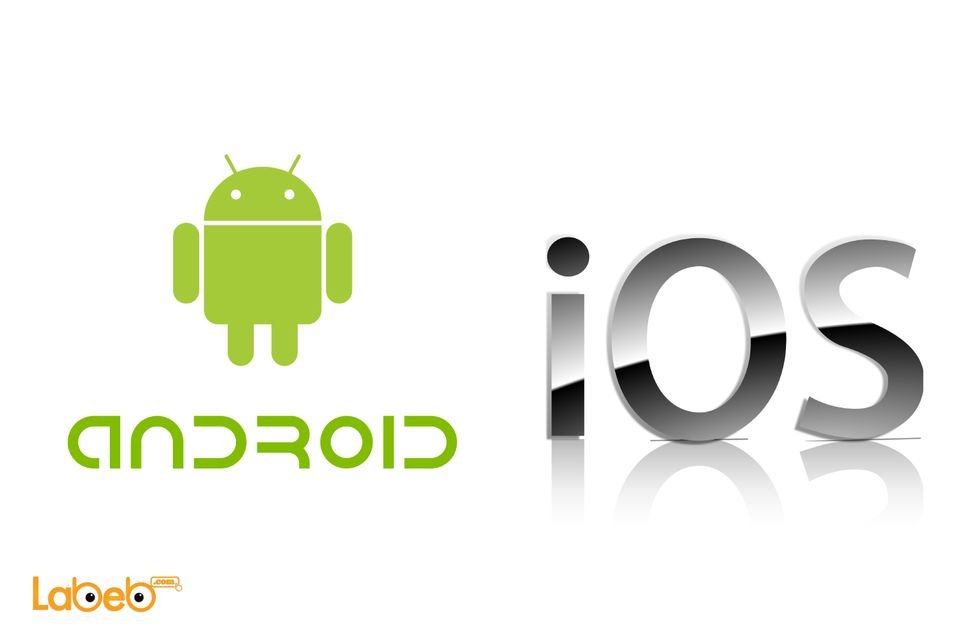
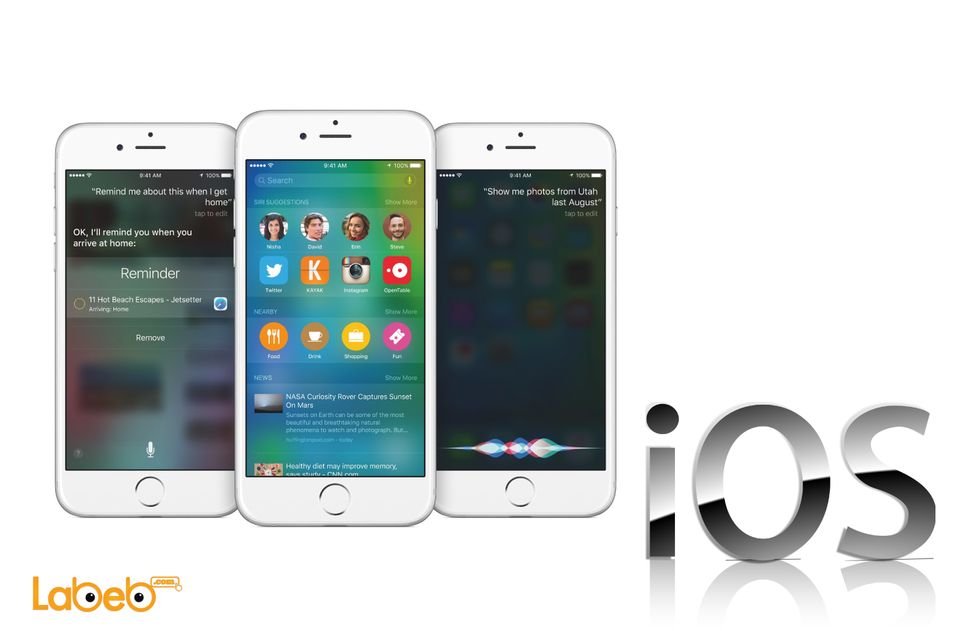
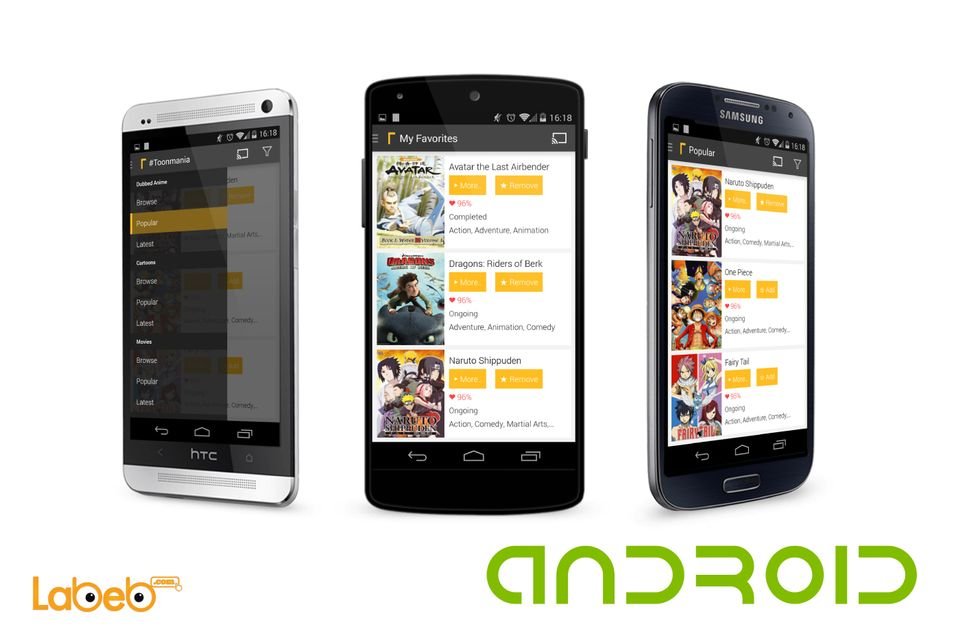

The competition between Apple and Samsung in the smartphone world is not restricted to the manufacturing of smartphones. Samsung phones are powered by Android while Apple is powered by iOS. We at Labeb will bring the differences between these two systems in this article.
Even though there are other operating systems like Windows, BlackBerry and others, but the upper hand still goes to Android and iOS developed by Google and Apple.
First, we must point out that Android is free for everyone and is listed under open source programs and built on Linux core. As for iOS, it is a closed end source and built on Mac.
Even though Android and iOS seem easy to use nowadays, they were not as easy back in 2007 (iOS release) and 2008 (Android release) as experts, developers, and programmers worked continuously to develop and improve the two systems until this day.
iOS powers iPhones, touchscreen iPods, and iPads.
While Google made Android available for any device; therefore, there are many tablets and smartphones powered by Android.
In the next two parts, we will list the specifications of each system.
iOS, an Operating System bringing Apple Continuous Success!

Since 2007, Apple has been developing iOS system as they added many features since iOS began, and now reaching iOS 9 (their newest version).
With the development of iOS, Apple witnessed recurring success especially when Steve Jobs was the Executive Chief and now with his successor Tim Cook. There was a leap from iPhone 3 to iPhone 4, and then from iPhone 5 to iPhone 6, and now with iPhone 7.
iOS belongs to Unix and is programmed on: C, C++, Objective C, and Swift.
It supports more than 30 Languages.
The specifications of iOS are:
- Touch Screen: iOS operates on touchscreens like iPhones, iPads, and new iPods. It is a touch interactive system.
- Zooming: The user can zoom in and out of pictures using the fingers: by tapping the screen twice, or by using the thumb and pointer and moving them outwards and inwards (for zooming in and out).
- Internet browser: iOS’s main browser is Safari and it is developed by Apple. iOS allows users to use other browsers (like Google Chrome which is Android’s main browser).
- Music: for downloading music, iOS provides iTunes as a music application.
- Keyboard: iOS has a touchscreen keyboard as all new devices have replaced the original buttons keyboard with a touchscreen.
- Home button: iOS has a home button located at the center below the screen. The user can also add a widget on the screen from settings.
- Multi-touch: a feature supported by iOS when you multi-press the keyboard.
- Apps and Widgets: iOS allows users to reorder the apps and widgets on the screen.
- Wi-Fi and Bluetooth: iOS supports both Wi-Fi and Bluetooth.
- Applications: iOS allows users to download different applications through the App Store, and there are some free applications. In comparison with Android, the free applications on Android are more than on iOS.
- Third Party Applications: iOS supports third party applications (applications not created by Apple).
- iOS allows copy, cut, and paste feature.
- Voice Recognition: iOS created and developed voice recognition to get to Siri. iOS allow users to search the internet and make voice commands (calling numbers, reading texts, sending emails, etc…) through this feature.
- Multitasking: iOS allows users to use more than one application at the same time (multitasking).
- Video Calls: iOS provided Facetime for free video calls.
- Mobile Gaming: for mobile gamers, iOS supports a game center; you can reach all your favorite games from one place.
- Hotspot: iOS supports hotspots; the phone becomes like a router sending signal to other devices instead of only receiving.
- Update Center: Application updates can be seen as pop-up on the screen. Also all updates are available in a certain place and the user can see them in a one touch.
- Cloud Storage: iOS allows users to store data on iCloud.
- Text Messaging: iOS allows users to send text messages to other iOS users through the built in iMessage app free of charge.
- Other specifications: iOS supports speed dialing, calling more than one voicemail (if you have more than one), supports different sound formats, and maps (especially Google Maps).
Android, an Operating System for Open Source Programs!

Google released Android back in 2008, and they have been continuously updating it (like Apple and iOS) until they reached their new version: Android 6.0, also known as Marshmallow.
Android in a Linux system and is programmed on: C, C++, and Java.
Android also supports more than 30 languages.
The specifications of Android are:
- Touch Screen: Android operates on all touchscreens.
- Zooming: Android system allows the user to zoom in and out of pictures using the fingers: by tapping the screen twice, or by using the thumb and pointer and moving them outwards and inwards (for zooming in and out).
- Internet browser: Android’s main browser is Google Chrome and it is developed by Google. Android allows users to use other browsers as well.
- Keyboard: iOS has a touchscreen keyboard as all new devices have replaced the original buttons keyboard with a touchscreen.
- Operating files do not appear to users on Android systems.
- Home button: Android has a home button located usually at the bottom of the touchscreen.
- Multi-touch: a feature supported by Android.
- Apps and Widgets: Android allows users to reorder the apps and widgets on the screen.
- Wi-Fi and Bluetooth: iOS supports both Wi-Fi and Bluetooth.
- Applications: Android allows users to download different applications through the Play Store, and there are some free applications. In comparison with iOS, the free applications on Android are more than on iOS.
- Android allows copy, cut, and paste feature.
- Voice Recognition: Google added voice recognition to users to search the internet and make voice commands (calling numbers, reading texts, sending emails, etc…).
- Multitasking: Android allows users to use more than one application at the same time (multitasking).
- Video Calls: Android provided Google Hangouts for free video calls.
- Hotspot: Android supports hotspots; the phone becomes like a router sending signal to other devices instead of only receiving.
- Update Center: Application updates can be seen as pop-up on the screen. Also all updates are available in a certain place and the user can see them in a one touch.
- Cloud Storage: Android allows users to store data on Google Drive.
- Text Messaging: Android allows users to send text messages to other Android users through Google Hangouts free of charge.
- Other specifications: iOS supports speed dialing, calling more than one voicemail (if you have more than one), supports different sound formats, and maps.
Summary
Google and Apple are continuously updating their operating systems; Apple for iOS and Google for Android. They are in a heated competition just like Apple and Samsung are when it comes to smartphones.
Android is more widespread than iOS since Android is an open source program working with different brands.
The main difference between the two operating systems is that Android is an open source programs built on Linux; while iOS is a closed source program built on Mac/Unix.
The programming languages for Android are C, C++, and JAVA. While the programming languages of iOS are C, C++, Objective C, and Swift.
The free applications on Android are more than iOS. As for other features, there are a lot of similarities between the two programs.
Stay connected to Labeb.com for all the new updates in the Tech World.
- [[PropertyDescription]] [[PropertyValue]]

















